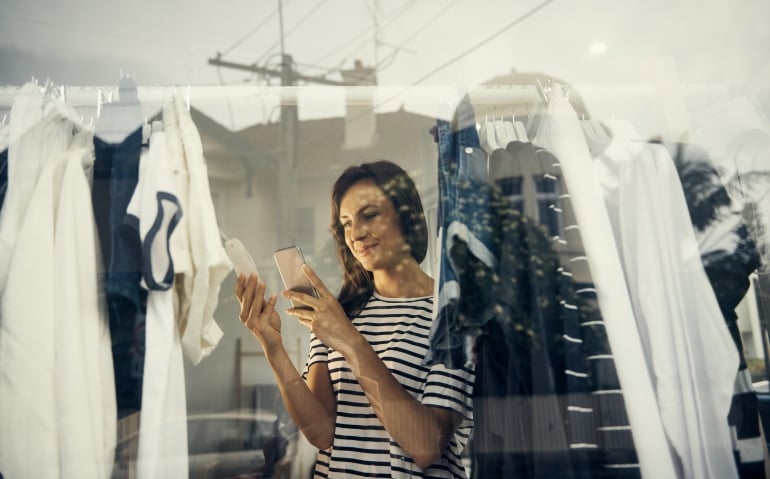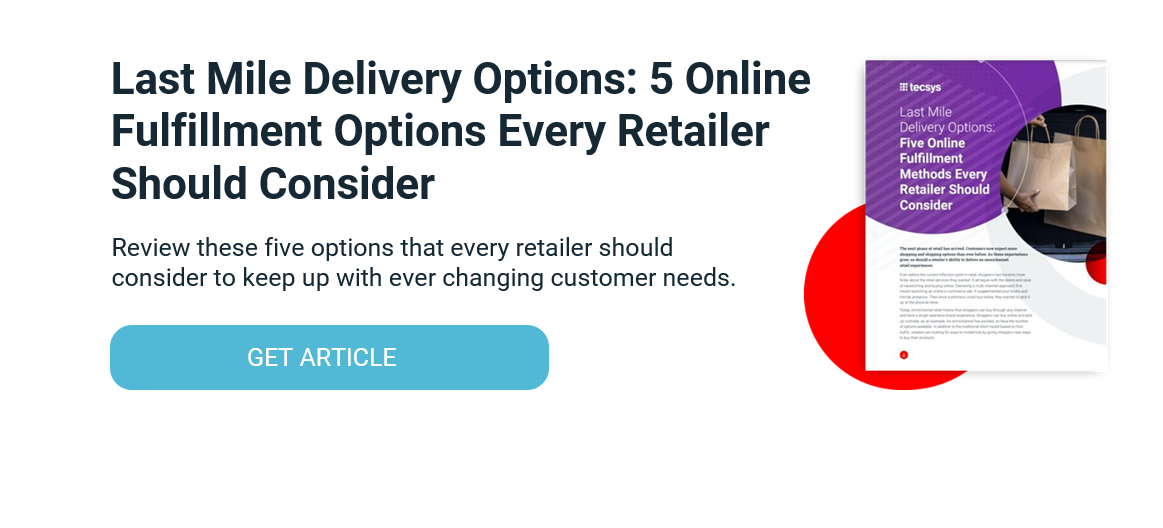Webrooming | Showrooming: What Exactly Is It?

Editor’s Note: This post was originally published in September 2017 and has been updated for freshness, accuracy and comprehensiveness.
To meet the exceedingly high demands of the modern consumer, retailers have diligently been working toward creating seamless buying experiences, breaking down operational barriers and fulfilling orders across a blend of channels. If you are a retailer who has been tireless in your pursuit for customer engagement, then most likely you have probably been doing webrooming, but might not have known what it was called.
Webrooming
Webrooming is when a shopper starts by researching a product on the web but goes in to a physical store for their final evaluation and purchase. For retailers, webrooming stresses the importance of making sure your website is continually updated with your latest goods, promotions and service offerings. The fact that shoppers are webrooming also stresses the importance of highlighting your brand’s omnichannel service offering.
If you are executing an omnichannel strategy, then entice the shoppers who webroom to buy online and pick up the product in-store. This way the consumer can make sure they don’t lose the product out to another shopper, and still have the opportunity to evaluate it in-store before their final choice. In the electronics category, reserving online could be an important technique to lower the big-ticket item purchase risk and get shoppers to quasi-commit before finalizing their choice.
Showrooming
Showrooming is the direct opposite of webrooming. In showrooming, the shopper goes to the physical store to research and evaluate the product of interest. Then they make their final decision and purchase online. Typically, the online shopper will seek out the competitor offering the lowest price. For showroomers, price is invariably the most important buying behavior.
Working Showroomers
From a retailer’s perspective, showroomers are not a favored class of shoppers. In effect, they are a resource drain on the in-store staff’s time and use your facility, display and demonstrations purely for research purposes. Here too, omnichannel retail can be a saving grace. Showroomers are not always obvious. However, retailers that have deployed an omnichannel strategy need to train their associates on trying to lock in the customer sale while in-store.
Using a helpful and friendly approach, an in-store associate can highlight in-store promotions to sell the item in question or direct the customer to an in-store click and collect kiosk. As with a click and collect kiosk, the associate might guide their online purchase search and even overcome price considerations.
Emphasizing immediate gratification of having it right now, automatic extended warranties, easy in-store returns, limited time in-store promotional offering, no fee for shipping, price matching and a training/Q&A service can also help close those in-person sales as each of these additional considerations are value added to the product, service and experience.
Keeping the customer engaged with an in-store kiosk to make their online purchase (silly as it may seem), might be the element that keeps them engaged long enough to just choose to avoid further hassles, and purchase right then and there.
Key Takeaways
Webrooming and showrooming are both elements of modern retailing. Both emphasize the need to have a strong web presence, supported by a solid e-commerce platform. Equally important is that retailers leverage their omnichannel retail capabilities to lock in webrooming customers as early as possible with click and collect. Alternatively, click and collect capabilities in an in-store kiosk can help retailers keep showroomers engaged with their brand, providing more time to overcome pure price considerations and emphasize immediacy, convenience and various other service and experiential components.
Ultimately, it is about presenting a strong value proposition for the retail brand. Omnichannel retail can help achieve this and convert more prospects into buying customers.




